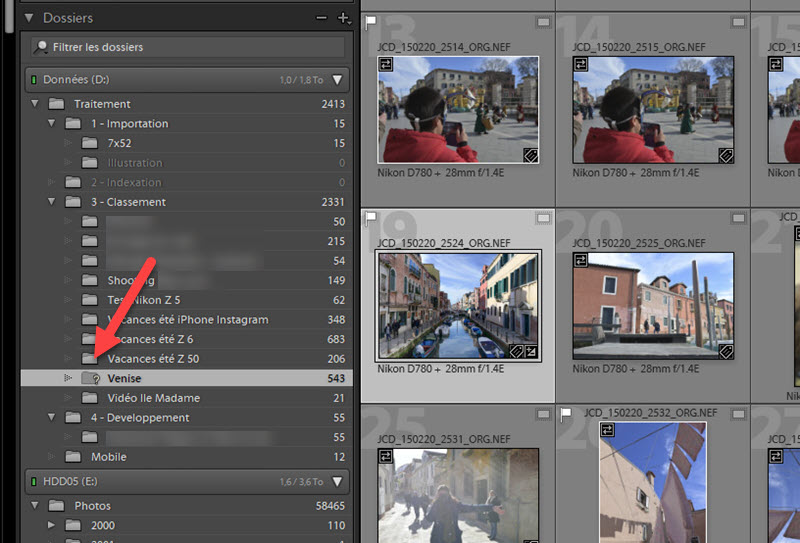

- #Flickery interrogation lightroom update
- #Flickery interrogation lightroom manual
- #Flickery interrogation lightroom series
Photos deleted from the Photoset in Lightroom will also be deleted from your Flickr account. Why are photos missing from my Photostream? The Lightroom setting will override the Flickr setting. Why do the photos I uploaded from Lightroom have a different Privacy setting than my default in Flickr?Ĭheck the default Privacy setting in Lightroom Publishing Manager to ensure that both settings are in agreement.
#Flickery interrogation lightroom update
If prompted, click Replace to update published photos with newer versions.To edit, rename, or delete a photoset, right-click (Windows) or Control-click (Mac OS) it in the Publish Services panel and choose Edit Collection, Rename, or Delete.Right click on Photostream and choose to Create Photoset (Album) or Add Selected Photos.Once you have authorized your Flickr account, you can publish your photos directly to your Photostream. It’s possible to delete photos that have been uploaded to Flickr from within Lightroom.



This is a third party app and any issues or updates will be managed by the developer, Adobe.In the Settings box, Flickr Account, click Authorizeĭuring the authorization process, please note the following as seen in the screenshot below:.
#Flickery interrogation lightroom series
Flickery lightroom series However, it does not give much control and can look 'stuttery' due to the lack of motion/shutter blur - given that the camera is likely abiding by the 180 degree shutter rule when recording.asey Neistat vlogs are a good example.
#Flickery interrogation lightroom manual
I'll go over why this is and walk through some manual options to help remove tricky color fringing from photos without the automatic help of Lightroom.Lightroom is a desktop program used for organizing and editing photos. Normally, when working to remove chromatic aberration in Lightroom Classic, we can just tick a single button and be done with it, but occasionally, this doesn't work. Camera manufacturers try to combat this with corrective glass inside the lens, superior grinding, and multiple layers of lens coatings that help to focus the light entering the lens without causing distortion. It's more obvious with cheaper lenses, but you may also see this issue on more expensive lenses, too. That's why on lower-budget lenses with inferior glass it's more common to see chromatic aberration - color fringing around contrasty edges in a photograph. If the lens in question also has a zoom function, the complexity of keeping every wavelength of light sharp simultaneously is increasingly tricky. Not only does it have to be capable of focusing light sharply to a fixed point (the image sensor or film), but it also needs to converge different wavelengths of light all to the same point. It's incredibly difficult to create the perfect lens glass.


 0 kommentar(er)
0 kommentar(er)
